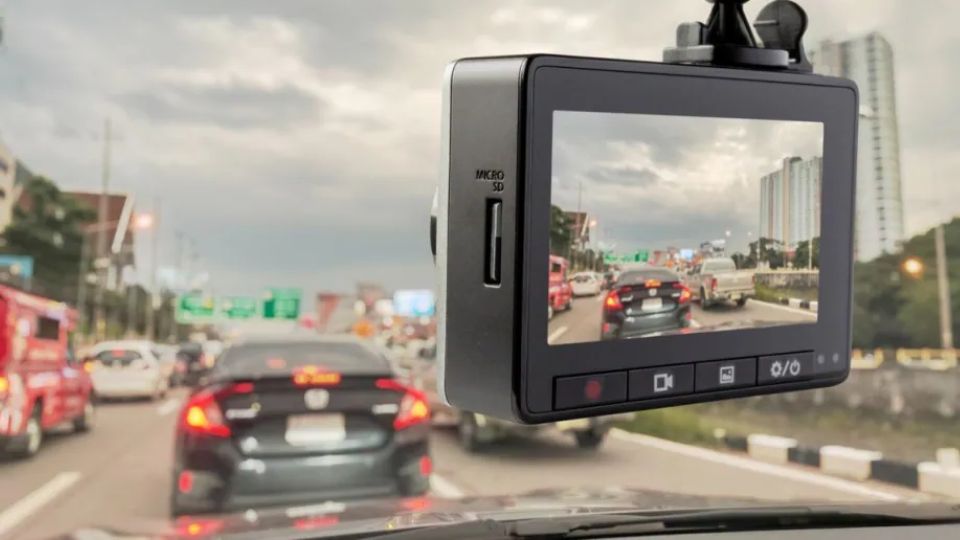Many drivers are now using dash cams, also known as dashboard cameras. These small devices continuously record video of the road ahead. They can be used as evidence in case of accidents, insurance disputes, or unexpected events. If you’re driving in Kansas, it’s important to learn about the specific regulations for using dash cams in the state. This will help you use these devices legally and responsibly.
Understanding the Basics of Kansas Dash Cam Laws
It is legal to use dash cams in Kansas. However, there are some important rules about where you can put them on your car’s windshield. In Kansas, it is against the law to put any objects on your windshield that are not transparent and block your view of the road.
This law is made to make sure that drivers are safe by stopping anything that could make it hard for them to see while driving. It’s important to be cautious when installing a dash cam in your car, even though the meaning of “significantly obstructs” may vary.
Recommendations for Placement
If you want to follow the dash cam regulations in Kansas, here are some suggested options for where to place your dash cam:
- Dashboard: Installing a dash cam directly on your dashboard is a safe and legal choice that prevents any possible obstruction of your windshield.
- Most dash cams have adhesive mounts that stick them to the surface of the dashboard.
- Placing your dash cam discreetly behind your rearview mirror is a great option. This position typically reduces the amount of things blocking your view and keeps the device away from being directly in front of you.
Also Read: One Of The Best Hotel in Florida Where You Can Stay Under $200
Where not to mount?
It’s usually better to not attach your dash cam directly to the windshield, side windows, or rear window. These positions are more likely to be seen as obstructive, especially if the camera is big.
Other things to think about
- Audio Recording: In Kansas, only one person needs to give consent for audio recordings to be legal. You are allowed to use your dash cam to record conversations happening inside your vehicle, as long as at least one person (including yourself) knows about and agrees to the recording. It is recommended to let passengers know if your dash cam can record audio.
- How to Use Dash Cam Footage: If you’re in a car accident or other traffic incident in Kansas, having dash cam footage can be very useful. Video evidence can be used to figure out who is at fault, back up insurance claims, or defend against false accusations.
Conclusion
Dash cams, also known as dashboard cameras, are increasingly used in Kansas for recording road footage for evidence in accidents, insurance disputes, and unexpected events. However, Kansas regulations prohibit placing transparent objects on windshields, which can block drivers’ view. Placement options include dashboards, discreetly behind rearview mirrors, and not directly on windshields, side windows, or rear windows. Dash cam footage can be used in car accidents or traffic incidents.



Leave a Reply